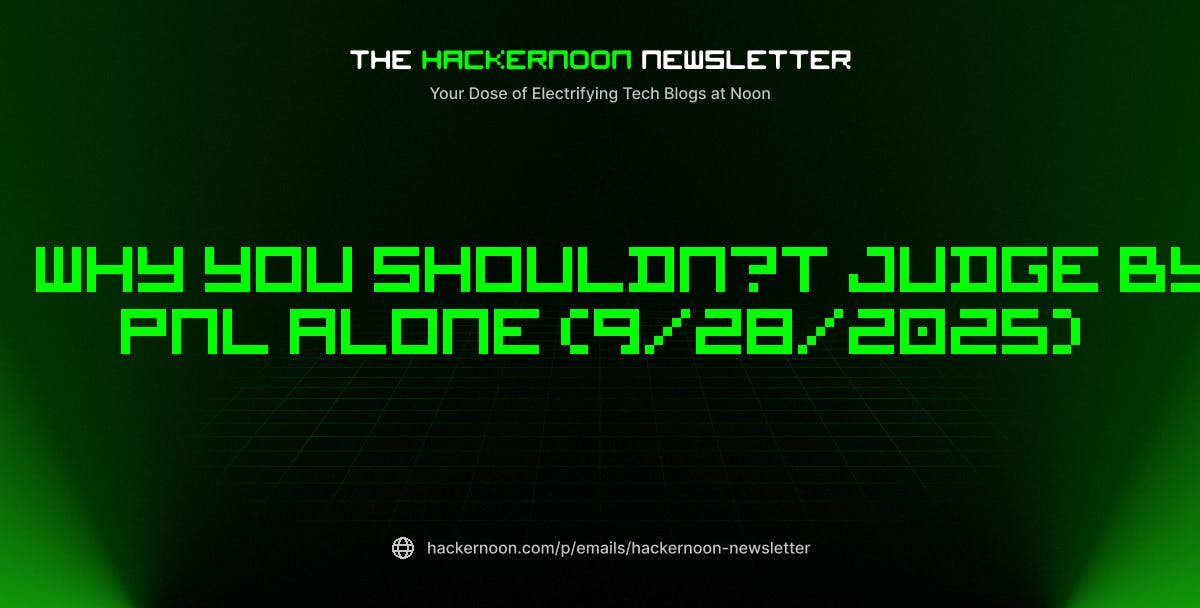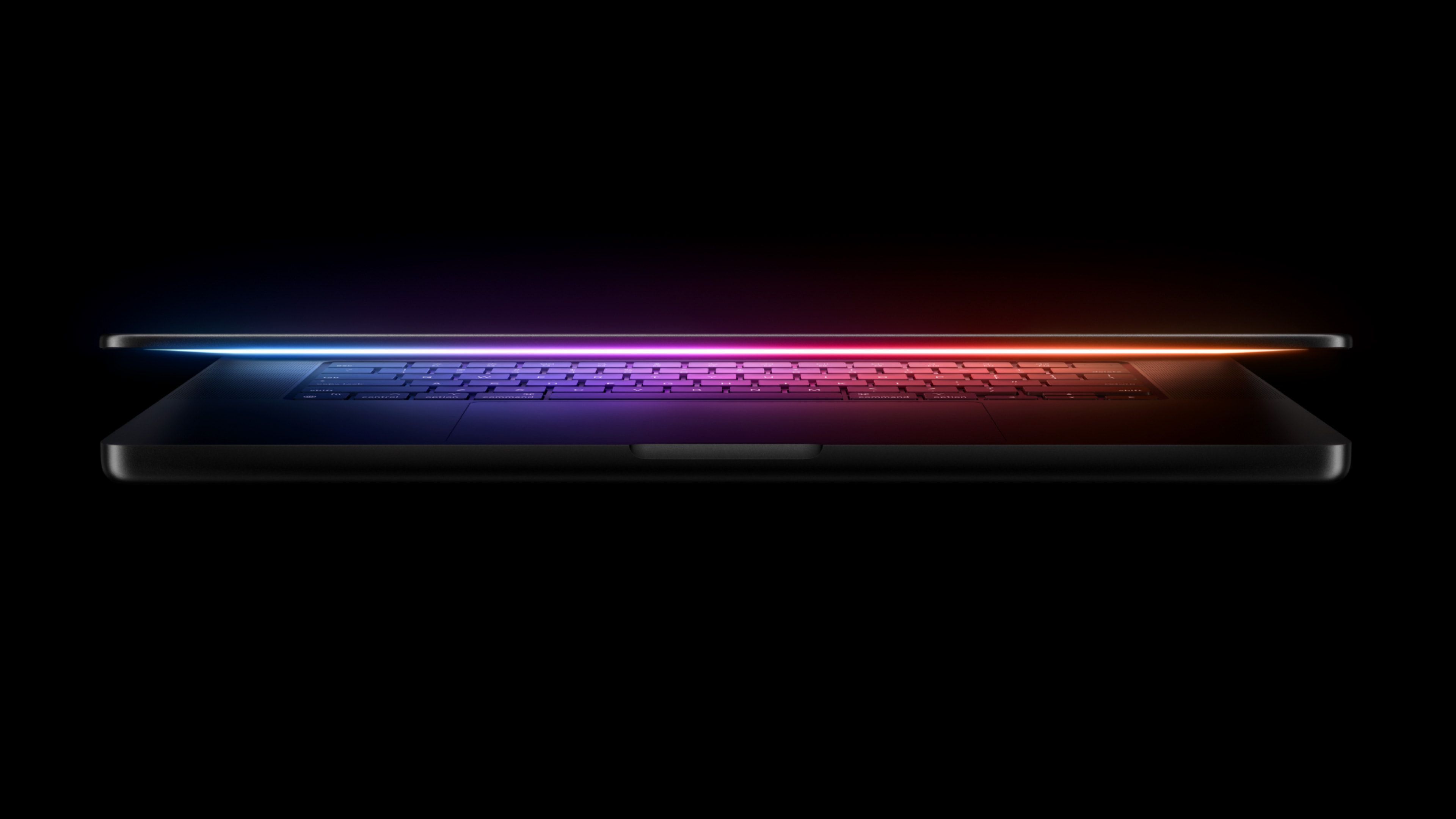Summary
- Apple Music leads in audio quality: lossless up to 24-bit/192kHz plus Spatial Audio (Dolby Atmos).
- Spotify offers some lossless (24-bit/44.1kHz), but selection and top-end quality still lag Apple.
- Apple Music can import Spotify playlists, often upgrading tracks to Apple’s higher-resolution lossless.
In the ever-changing streaming audio wars, it can be hard to know which services offer what kind of features. People tend to stick with what they have had for a while and don’t like to make the switch. But the two biggest competitors in the space, Apple Music and Spotify, have been going back and forth trying to one-up one another.
If you’re an Apple enthusiast, you probably used iTunes for many years, downloading and buying songs and albums. But there was a time when Apple wasn’t in the streaming audio business, which is where Spotify got a seven-year headstart. It began offering people all the music they could want for a set price. That’s why Spotify has so many more users than Apple Music, especially globally.
But once Apple Music was launched in 2015, it started earning subscribers — mostly because they were tired of Spotify, or they had an affinity for all things Apple. Both services have great and unique features. One of those features that was unique to Apple Music, lossless audio, is now being included for some Spotify users. But this shouldn’t persuade Apple Music users to switch. Here’s why.
- Price
-
$11
- Free trial
-
Yes
- Ad plans
-
No
Apple’s premier music streaming service, with access to millions of songs from artists both big and small.
The lossless audio isn’t as good as Apple Music offers
Come at the king, you best not miss
Lossless audio is best enjoyed with high-end audio equipment. If you aren’t listening with well-tuned speakers or headphones, you may not notice the difference. But this is important to audiophiles and musicians alike.
Lossless audio means that there isn’t anything lost during the compression of what you’re listening to, which audio files like MP3 and AAC do suffer from. This will include all the original sound data that was created when the track was cut. It’s a more pristine sound that comes through, almost exactly what the creator intended.
Spotify is offering some of its music in lossless audio, but not all of it. To be fair, Apple Music also doesn’t include lossless audio for all of its music. This is because there are some audio files that are not provided in a lossless manner. Therefore, they can’t be streamed or downloaded that way. Both streaming services allow you to choose your audio settings when you’re streaming or downloading music.
You can choose between lossy (high-quality) and lossless. Spotify’s lossless audio caps at 24-bit/44.1 kHz FLAC. Apple Music’s lossless option caps at 24-bit/48 kHz FLAC. But Apple Music actually goes further and offers Hi-Res lossless audio that goes up to 24-bit/192 kHz FLAC. This is a clearer and more perfect audio that comes through your speakers. Again, this may seem like a small detail to an untrained ear. But it’s a pretty big deal for those trying to get the most accurate sound file possible.
Apple Music lets you keep your Spotify playlists
Transfer your playlists to the platform
One of the reasons people were reluctant to leave Spotify was because all the playlists they spent time building would be lost. As a runner, I totally get that. I spent a lot of time building the perfect running playlists that would hit me with a pump-up song in the moments when I needed it to, like near the end of a race or training run. But Apple Music now allows users to transfer playlists from different streaming platforms directly to its service.
All you need to do is go to Settings > Apps > Music > Transfer Music from Other Music Services. From there, you will have to log into Spotify. Once you have the two apps connected, you can bring your Spotify playlists over to Apple Music. It takes almost no time, and you can listen to the songs on Apple Music.
What’s nice for audiophiles is that, by bringing the songs over to Apple Music, you have upgraded the audio (if it’s available in lossless on Apple Music) because you’re going to have clearer lossless audio on Apple Music than you would on Spotify. I found this the case when making the switch over. Plus, I haven’t had an issue where a song that was on Spotify wasn’t on Apple Music (I’m sure that is the case for plenty of songs, but it hasn’t happened to me yet).
Apple Music also offers Spatial Audio
The Dolby Atmos support provides a more immersive sound
If music quality is important to you, you likely already know that Apple Music offers Spatial Audio on top of lossless audio. Spatial Audio creates a comprehensive sound that makes it feel like you’re surrounded by music. That may seem vague, but it’s essentially an immersive experience that delivers sound that makes you feel like you’re engulfed by it. This is obviously dependent on the situation that you’re actually standing in, as in listening with Spatial Audio equipment or noise-cancelling headphones, at the least.
Support for Dolby Atmos, which gives an immersive soundscape, is also unique to Apple Music and there isn’t a special subscription that’s needed for it. Spatial Audio can anchor the music or sound in your headphones and move with you as you move, keeping the sound going as you go. This is a feature of many of the Apple AirPods products to capture the best audio. Basically, it gives more depth and clarity to whatever you’re listening to.
For anyone considering switching to Spotify from Apple Music, there are plenty of audio-quality-related reasons not to. If you want it for content reasons, that’s another story. But Apple Music has the clear advantage when it comes to audio quality. It’s not to say Spotify can’t catch up eventually. But for the past decade, Apple Music has had the edge in that department and continues to have it.











